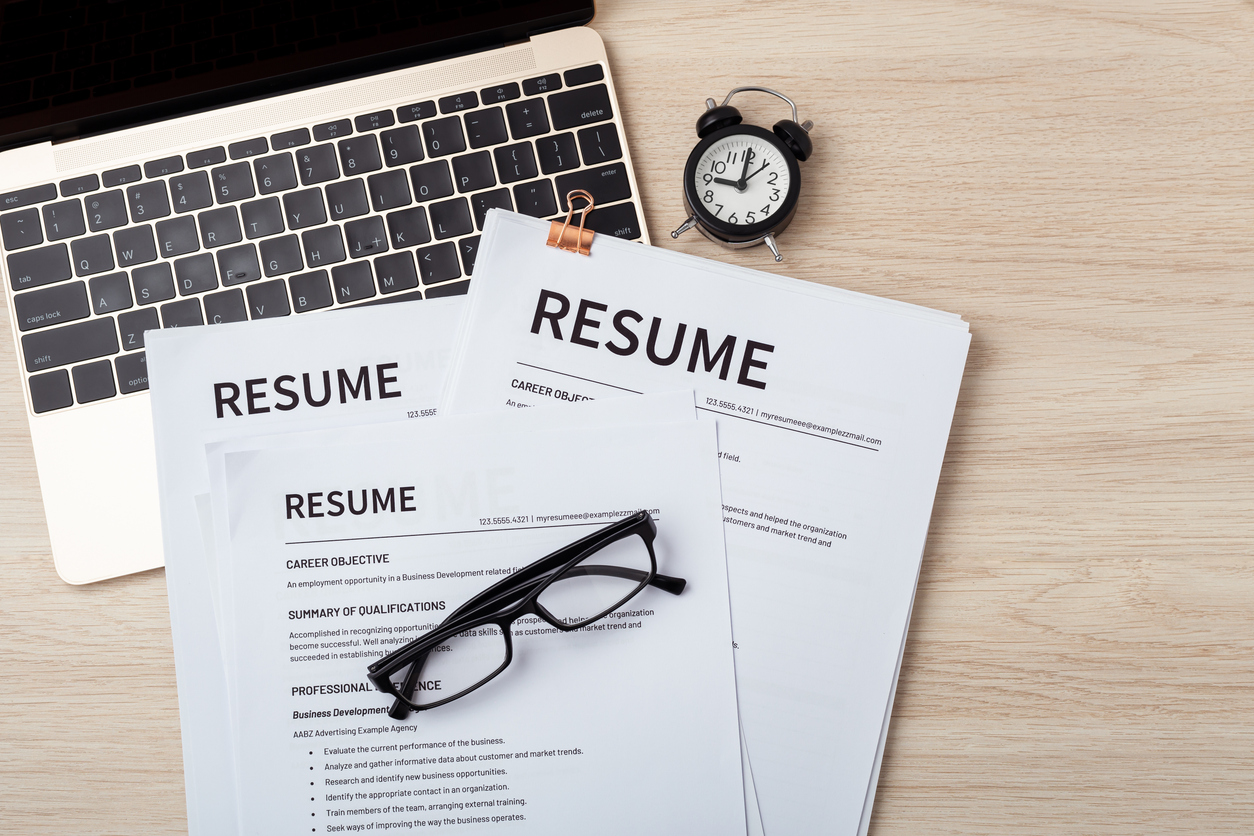If you’re looking to create a resume that is easy for employers to read, highlights your most recent experience, and follows a tried-and-true structure, then a reverse chronological resume is the way to go. This resume format is widely recognized and often preferred by hiring managers because it provides a clear, structured timeline of your career history, putting the most relevant and recent experiences front and center.
In this guide, we’ll walk you through everything you need to know about writing a reverse chronological resume, including what it is, when to use it, and how to structure it effectively. By the end of this article, you’ll have the tools to craft a resume that impresses hiring managers and positions you as a top candidate.
What is a Reverse Chronological Resume?
A reverse chronological resume is a format where your work experience is listed starting with your most recent job and working backward. This format allows employers to easily see your most recent accomplishments and positions, helping them evaluate your most relevant experience quickly.
In a reverse chronological resume, the sections are typically organized as follows:
- Contact Information
- Professional Summary or Objective
- Work Experience
- Education
- Skills
- Additional Sections (like certifications, languages, or volunteer work)
This format is ideal if you have a solid work history and want to showcase your growth and recent roles.
Why Choose a Reverse Chronological Resume?
The reverse chronological format is one of the most widely accepted and commonly used resume formats for several reasons:
- Clarity: It provides a clear timeline of your career and shows your most recent experience upfront.
- ATS Friendly: Many companies use applicant tracking systems (ATS) to scan resumes. The reverse chronological format is ATS-friendly because it clearly organizes your experience and skills.
- Shows career progression: It effectively highlights your career advancement and demonstrates how your skills and responsibilities have evolved over time.
If you’ve had a steady career trajectory and your most recent experience is directly relevant to the job you’re applying for, the reverse chronological resume is likely your best bet.
How to Structure a Reverse Chronological Resume
To create a reverse chronological resume that stands out, it’s important to follow a clear structure. Here’s how you can organize your resume:
Start with Your Contact Information
The first thing a hiring manager needs to know is how to get in touch with you. Include your:
- Full name
- Phone number
- Email address (make sure it’s professional)
- LinkedIn profile (optional but recommended)
- Portfolio or website (if relevant)
Make sure this information is easy to find and doesn’t clutter your resume.
Write a Professional Summary or Objective
A professional summary is a brief paragraph at the beginning of your resume that highlights your most relevant skills, experience, and career goals. If you have several years of experience, a summary will allow you to quickly showcase your value.
Example: “Accomplished digital marketing professional with 5+ years of experience in content strategy and social media management. Proven track record of increasing web traffic by 30% and driving engagement across digital platforms. Seeking to leverage expertise to contribute to the marketing team at [Company Name].”
If you’re just starting your career or switching industries, a career objective might be more appropriate. This short statement focuses on your goals and what you aim to achieve with the job.
Example: “Motivated recent graduate with a degree in Business Administration, seeking to apply my analytical skills and passion for project management in a dynamic corporate environment.”
List Your Work Experience in Reverse Chronological Order
The core of your reverse chronological resume is the Work Experience section. For each job, include the following:
- Job title
- Company name
- Location
- Dates of employment (month and year)
- Job description (bullet points are preferred for easy scanning)
Focus on accomplishments rather than just listing responsibilities. Use action verbs and quantifiable results to demonstrate your impact.
Example:
- “Increased sales revenue by 25% in the first year by launching targeted marketing campaigns.”
- “Managed a team of 10 employees, improving project efficiency by 15% through streamlined communication practices.”
Include Your Educational Background
After your work experience, list your education. Include your:
- Degree(s) (e.g., Bachelor of Arts, Master of Science)
- School name
- Graduation date (or expected graduation date)
- Relevant coursework or honors (optional)
If you have a degree in a field unrelated to the job you’re applying for, consider highlighting transferable skills in your summary or skills section.
Highlight Key Skills
The skills section is where you can list specific skills that make you a strong candidate. These can include:
- Hard skills (e.g., software proficiency, foreign languages)
- Soft skills (e.g., communication, leadership)
Tailor this section to match the job description and include both technical and interpersonal skills.
Example:
- Hard skills: JavaScript, SEO, Microsoft Office, Adobe Creative Suite
- Soft skills: Time management, team collaboration, problem-solving
Add Additional Sections
Depending on your experience and the job you’re applying for, you may want to include other sections to further highlight your qualifications. Some examples include:
- Certifications (e.g., Google Analytics certification)
- Languages (if applicable)
- Volunteer work
- Awards and achievements
- Publications or presentations
These sections help round out your resume and provide more context about your qualifications.
Tips for Writing a Reverse Chronological Resume
- Tailor your resume: Customize your resume for each job application. Focus on relevant experience and skills that match the job description.
- Be concise: Keep your resume to one or two pages, depending on your experience level.
- Use bullet points: Bullet points are easy to read and help break up large chunks of text.
- Avoid unnecessary details: Don’t include irrelevant work experience or outdated information.
- Proofread: Typos and grammatical errors can hurt your chances. Always proofread your resume before submitting.
When Should You Use a Reverse Chronological Resume?
The reverse chronological resume is ideal if:
- You have a strong, consistent work history.
- Your most recent experience is relevant to the job you’re applying for.
- You want to highlight career progression and accomplishments over time.
If you’ve had a gap in employment or are changing careers, you might consider a functional or combination resume. These formats focus more on your skills than your work history, which may help downplay employment gaps.
Conclusion: Make the Most of Your Reverse Chronological Resume
A reverse chronological resume is a highly effective way to showcase your career achievements, highlight your most recent experiences, and demonstrate your growth over time. By following a clear structure and tailoring your resume to the specific job, you’ll increase your chances of catching the hiring manager’s eye and landing an interview.









